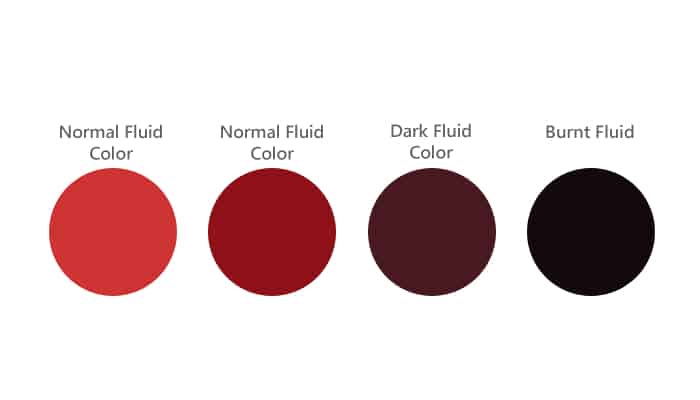2006 Dodge Ram Transmission Fluid Capacity
When it comes to maintaining your 2006 Dodge Ram, one important aspect you shouldn’t overlook is the transmission fluid. Properly maintaining your transmission fluid can help ensure smooth shifting and extend the lifespan of your vehicle’s transmission. In this article, we’ll dive into the nitty-gritty details of the 2006 Dodge Ram transmission fluid capacity, so you can keep your truck running like a beast.
Transmission Fluid Capacity and Type
| Popular posts |
|---|
| What to do to prolong the life of your manual gearbox |
| Automatic transmission: what it is, how it works |
Before we get into the specifics, let’s start with the basics. The 2006 Dodge Ram comes with different transmission options, so it’s crucial to know which one you have. The transmission fluid capacity can vary depending on the type of transmission your truck is equipped with. Here’s a breakdown:
| Transmission Type | Fluid Capacity (Quarts) | Fluid Capacity (Liters) |
|---|---|---|
| 4-Speed Automatic (42RLE) | 4.5 | 4.3 |
| 5-Speed Automatic (545RFE) | 14.5 | 13.7 |
| 6-Speed Manual (G56) | 4.5 | 4.3 |
Now that you know the transmission fluid capacity for your specific transmission type, it’s time to get down to business.
Transmission Fluid Replacement
Replacing the transmission fluid in your 2006 Dodge Ram is a relatively straightforward process. Here’s a step-by-step guide to help you get the job done:
- Make sure your truck is parked on a level surface and the engine is cool.
- Locate the transmission fluid dipstick. It’s usually labeled and can be found near the back of the engine compartment.
- Using a funnel, remove the dipstick and set it aside.
- Prepare a drain pan that can hold at least the capacity of your transmission fluid.
- Locate the transmission fluid drain plug. It’s typically located on the bottom of the transmission pan.
- Place the drain pan beneath the drain plug and carefully remove the plug using a wrench or socket.
- Allow the old fluid to drain completely into the pan.
- Once the fluid has drained, reinstall the drain plug and tighten it securely.
- Using the funnel, pour the appropriate amount of new transmission fluid into the dipstick tube.
- Check the fluid level using the dipstick. Add more fluid if necessary, but be careful not to overfill.
- Replace the dipstick and start your engine.
- With your foot on the brake, shift through each gear position, pausing for a few seconds in each one.
- Return the gear selector to park and let the engine idle for a few minutes.
- Check the fluid level once again and add more if needed.
- Dispose of the old transmission fluid properly at a recycling center or an authorized facility.
Following these steps will ensure that your 2006 Dodge Ram’s transmission is filled with the correct amount of fresh fluid, keeping it running smoothly for miles to come.
Safety Precautions
While performing any maintenance on your vehicle, including changing the transmission fluid, it’s important to prioritize safety. Here are a few safety precautions to keep in mind:
- Always wear protective gloves and eyewear to prevent any contact with the fluid.
- Ensure your vehicle is parked on a level surface and the parking brake is engaged.
- Allow the engine to cool down before working on the transmission.
- Use jack stands or wheel chocks to secure your vehicle if you need to access the underside.
- Dispose of the old transmission fluid responsibly, following local regulations.
By taking these safety measures, you can minimize the risk of accidents or injuries while maintaining your 2006 Dodge Ram.
Conclusion
Now that you have all the information you need about the 2006 Dodge Ram transmission fluid capacity, it’s time to roll up your sleeves and give your truck the care it deserves. Remember to refer to the table to determine the correct fluid capacity for your specific transmission type, and follow the step-by-step guide for a successful fluid replacement. By keeping your transmission fluid in check, you’ll ensure that your Dodge Ram continues to tackle the road with power and reliability.
What Color Should Transmission Fluid Be?


